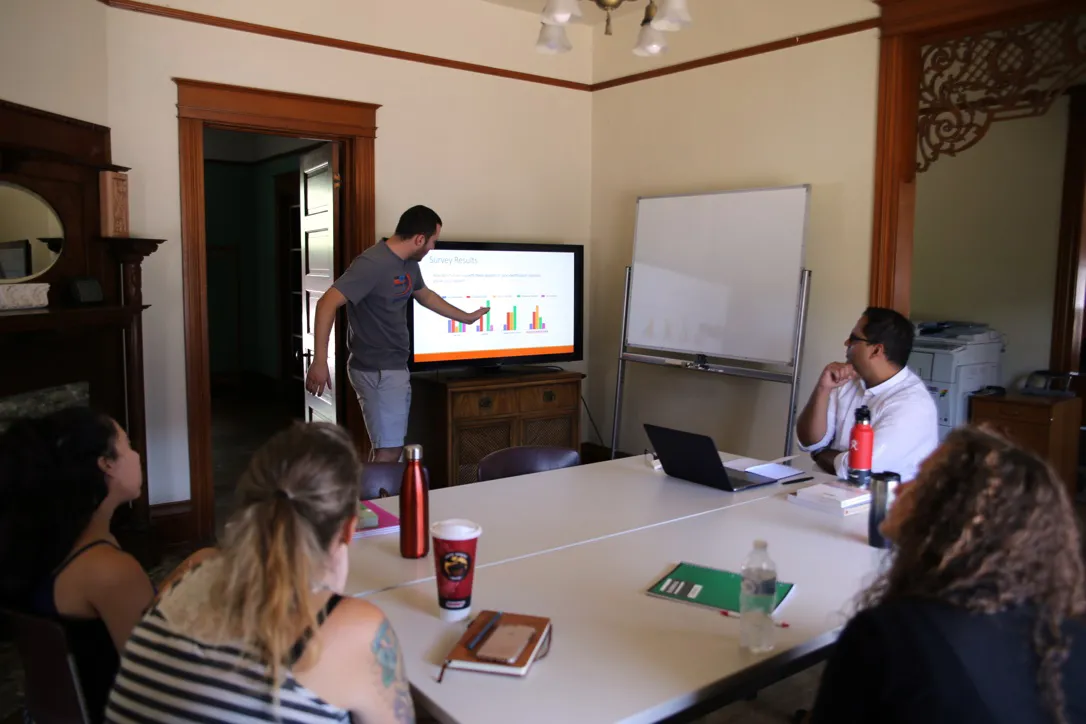
The Master of Science in Architecture Health and the Built Environment (MS.Arch HBE) program arms degree candidates with the knowledge and skills needed to capitalize on design principles that have an impact on people’s physical, mental, and social wellbeing.
Every design decision may impact an individual’s health—positively or negatively. Design practitioners, therefore, can have a profound impact on the people who inhabit their buildings. In the American Institute of Architects’ (AIA) Design and Health initiative of 2014, the AIA Design and Health Leadership Group identified six evidence-based approaches to health: environmental quality, natural systems, physical activity, sensory environments, safety, and social connectedness. The Master of Science in Architecture subplan in Health and the Built Environment curriculum addresses these areas and takes a human-centered, systematic approach to understanding the relationship between people and their environments.
Students will learn not only to understand existing research, but also to translate it into practice, making them more competitive in the marketplace and facilitating their impact on people’s everyday lives. The MS.Arch HBE is an interdisciplinary program that will teach students to evaluate and design healthy private, public, and community spaces. Students will have the opportunity to participate in the research, outreach, and policy activities of the UA Institute on Place, Wellbeing & Performance, a unique partnership between the College of Architecture, Planning and Landscape Architecture, the Andrew Weil Center for Integrative Medicine, and the UA College of Medicine.
